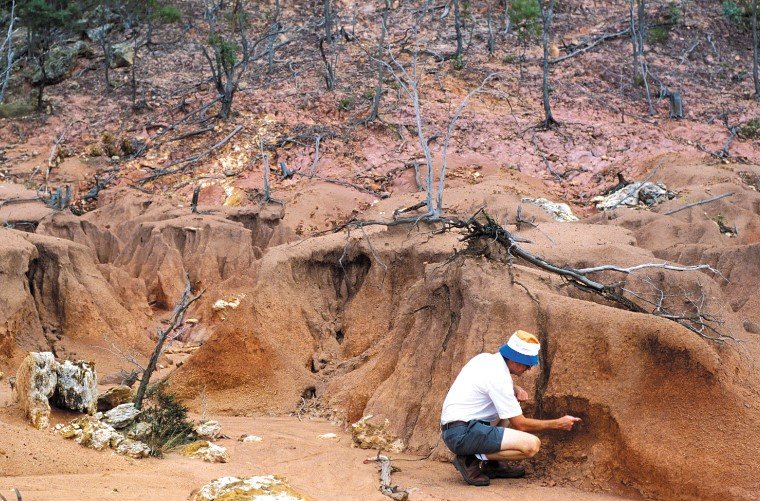The Historical Significance of Shark Tooth Island
Shark Tooth Island, also known as Hollis Marsh, has long been a treasure trove for fossil hunters and geologists. The island’s shores are littered with shark teeth, scallop shells, and other fossils dating back millions of years. This makes it a unique site for both scientific study and recreational fossil hunting. Over the centuries, the island has been shaped by natural forces, with sand and sediment eroding from nearby bluffs and depositing on its shores.
The island’s history is intertwined with that of the surrounding region. It has served as a habitat for various wildlife species, including river otters, migratory waterfowl, and numerous fish species. The island’s rich biodiversity and geological significance have made it a focal point for environmental studies and conservation efforts. However, the island’s future is now in jeopardy due to the accelerating impacts of climate change.

Recent studies have shown that the island is losing ground at an alarming rate. Rising sea levels, coupled with increased storm frequency and intensity, are eroding the island’s shores and threatening its unique ecosystem. This has prompted urgent calls for action to preserve what remains of this natural heritage site.
The Role of University of Mary Washington Students
Under the guidance of Professor John Tippett, students from the University of Mary Washington are at the forefront of efforts to study and document the changes occurring on Shark Tooth Island. The research team is using a combination of fieldwork, data analysis, and community outreach to understand the factors driving the island’s erosion and to raise awareness about the broader implications of these changes.
Fieldwork involves regular visits to the island to collect samples, measure erosion rates, and document changes in the landscape. Students are also using drones and other technologies to create detailed maps and models of the island’s topography. These tools allow researchers to track changes over time and to predict future erosion patterns.
In addition to their scientific work, the students are engaging with the local community to share their findings and to promote conservation efforts. They are organizing public lectures, workshops, and educational programs to inform residents about the importance of Shark Tooth Island and the need to protect it. By involving the community in their research, the students hope to foster a sense of stewardship and to inspire collective action to address the challenges facing the island.
Broader Implications for Climate Change and Conservation
The disappearance of Shark Tooth Island is a stark reminder of the broader impacts of climate change on coastal and riverine ecosystems. As sea levels rise and storm patterns shift, many such islands and coastal areas are at risk of erosion and habitat loss. This has significant implications for biodiversity, as well as for the communities that depend on these ecosystems for their livelihoods and well-being.
The research being conducted by the University of Mary Washington students is not only shedding light on the specific challenges facing Shark Tooth Island but also contributing to a broader understanding of climate change impacts. By studying the island’s erosion, the students are gaining insights into the processes driving coastal change and the potential strategies for mitigating these effects.
Their work underscores the importance of proactive conservation efforts and the need for policies that address the root causes of climate change. This includes reducing greenhouse gas emissions, protecting natural habitats, and investing in sustainable infrastructure. The students’ research highlights the interconnectedness of environmental issues and the need for a holistic approach to conservation and climate action.

Comments